[vimeo 13228877]
Permaculture is the philosophy and practice of sustainable living. This documentary presents the ideology’s 14 principles. Agricultural systems are designed to mimic Mother Nature. Subsistence farmers from Kiwangala and Lukindu Villages of Uganda illustrate the film with traditional examples of gardening, conservation, and energy cycling techniques.
The ethics of Permaculture are to care for the land, care for the people, and care for the future using these fourteen principles:
Permaculture is a system. The more complex the natural system is the more fluid and productive it becomes. The principle of diversity is interwoven throughout Permaculture.
The most productive pieces of land lie at the edge of two different ecological zones. This is where there is the most diversity. Energy imput and output are highest in these places.
Permaculture is geared to the idea of working smarter, not necessarily harder. This reduces the wear and tear on the land and the people to ensure future sustenance. A kitchen garden is a good example of Permaculture design. The idea is to create an organic perpetual motion machine.
Nothing in Permaculture is wasted. One system’s waste products are used to fuel another system. The feeding/fertilizer cycle is a closed circuit that wastes nothing and requires no outside assistance.
Top-heavy, overambitious planning can stunt growth rather than promoting development. Start small and build off of what already works, not just what you want to work well. Work off of strengths instead of trying to turn weaknesses into strengths.
Synthetic pesticides are expensive especially in the rural communities of the developing world. They tend to attack the problem narrowly without solving it holistically. If Permaculture is a biological system then ideally it should be maintained biologically.
Be resourceful. If one part of the system breaks or disappears find ways to continue keeping the system productive. When the cap to this girl’s jerrycan went missing, she created a new one out of a banana.
A chicken is more than just a chicken. Permaculture uses resources to the fullest so that its ecological participants become jacks-of-all-trades.
9. Natural Succession.
Be in tune with the seasons. There’s a time to plant and a time to harvest. These are dependent on wet and dry months. Predicting when the rains will come has been difficult due to recent climate change. This parsley was one of the few plants to survive a recent drought.
There’s a man in Japan that is 74 years old and independently maintains 12 acres of some of the most productive farmland in the world. Areas that need the most attention should be kept close at hand. Elements that require less monitoring can be kept further away.
Permanent agriculture sustains for generations upon generations. By planning long term for the future, you ensure through responsible management that there are always enough resources at any present moment in time.
When you interplant vegetable plants among fruit trees you are providing protective shade for young plants. The shorter plants create ground cover and discourage weed growth. It’s a symbiotic relationship.
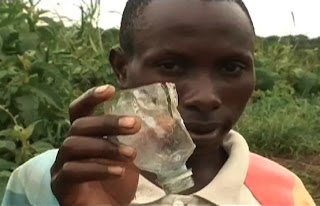 13. See Solutions Not Problems
13. See Solutions Not Problems
Don’t say, “How do I make this land do what I want it to do?” Instead say, “What can this land provide me with its unique characteristics?” Water takes the shape of whatever vessel it is poured in. How do you adapt to the environment you’ve been given?
A Permaculturist is just as much a good naturalist. Nature is built up out of different interactions of flora and fauna. These sequences and relationships are rich with diversity. Diversity makes a system fluid and productive.
 My interest in permaculture started with appropriate technologies. My Ugandan counterparts taught me how to build tippy-taps, solar driers, firewood saving stoves, and kitchen gardens. These devices are built out of necessity from locally available resources, but show signs of resourceful ingenuity in their simplicity. I became interested in food security, got involved with a demonstration farm and co-op, and drew upon my experiences to develop an agro-education curriculum for the local school. The characters featured in this documentary were my friends and neighbors.
My interest in permaculture started with appropriate technologies. My Ugandan counterparts taught me how to build tippy-taps, solar driers, firewood saving stoves, and kitchen gardens. These devices are built out of necessity from locally available resources, but show signs of resourceful ingenuity in their simplicity. I became interested in food security, got involved with a demonstration farm and co-op, and drew upon my experiences to develop an agro-education curriculum for the local school. The characters featured in this documentary were my friends and neighbors.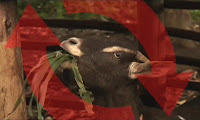 The 14 principles come from Yayasan Indonesian Development of Education and Permaculture Foundation. IDEP has an excellent permaculture manual that can be downloaded for free. In addition, Bill Mollison, the founder of permaculture, was interviewed in an insightful piece for Mother Earth News. These two sources were great inspiration to my work. The Peace Corps’ philosophy of sustainable development was also a major influence.
The 14 principles come from Yayasan Indonesian Development of Education and Permaculture Foundation. IDEP has an excellent permaculture manual that can be downloaded for free. In addition, Bill Mollison, the founder of permaculture, was interviewed in an insightful piece for Mother Earth News. These two sources were great inspiration to my work. The Peace Corps’ philosophy of sustainable development was also a major influence.

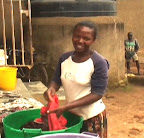

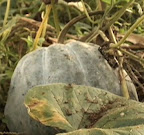

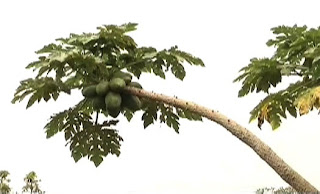
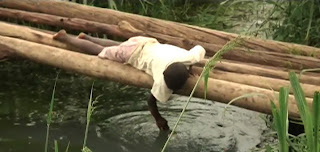

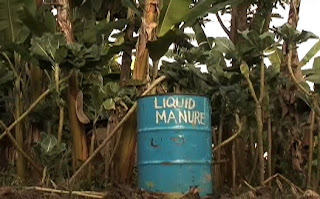

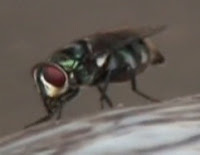

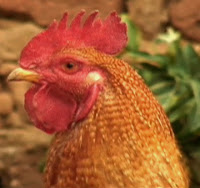
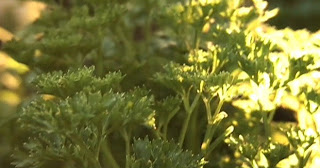
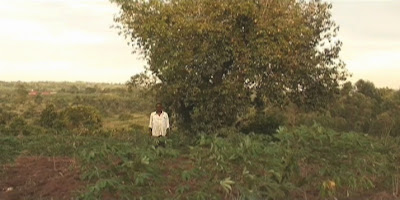
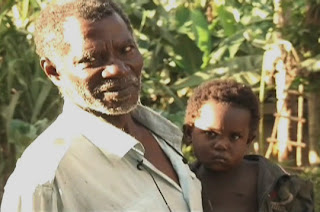
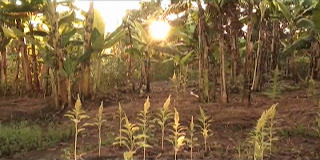
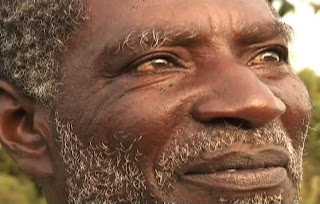




So where is the system failing? Is it just failure to implement these strategies? Is there a lack of productive land? Are there cultural or natural forces that work against this, or make it difficult to implement?
It’s not so much that the current system is failing as it is less productive. Take a corn field out in Iowa. The energy input far outweighs the output when you start to factor in the labor and materials that go into manufacturing the mechanical plows, John Deere tractors, fertilizer, herbacides, and pesticides. All of this effort directed at growing a high yield of one crop is a huge strain on the land. So huge plots have to lay fallow as crops are rotated every season. Otherwise you get the Grapes of Wrath dustbowl effect and a huge surplus of one thing: Corn that you can’t sell in a saturated market.
Permaculture is different from industrial monoculture because it works off of naturally occurring symbiotic relationships. It creates a closed-circuit that minimizes energy input and maximizes output. The diversity in the system balances out individual elements. For example, let’s take that corn again but interplant beans between the rows and add chickens. The beans create groundcover that discourages weeds and the roots fix nitrogen into the soil, eliminating the need for herbicide and fertilizer. The corn provides shade for the beans and stalks for them to climb up. The chickens provide pest control, instead of synthetic pesticides, by eating bugs. They also apply manure on the spot needed in the garden. All three elements have marketable value.
Yes, plots of farmland are smaller these days. Monoculture has wiped out the majority of the arable land on the planet and now you’re seeing the food security crisis emerging. In Sub-Saharan Africa the challenge is compounded by high birthrates leading to dense population growth. Obviously, there is a genuine interest there to learn high-intensity gardening on small plots of land.
I think that you’ll see more permaculture in the future as Earth becomes increasingly urbanized. Buying strawberries shipped in bulk from distant Argentina will become less and less cost effective. There will be a consumer panic. My hope is that permaculture will be the reaction to that.
Of course permaculture is a new idea. Agriculture has never been as designed-oriented as before. Until recently, we’ve never had such a position of control over our environments. In fact it’s only been sixty years since the United States had its green revolution. Previously it’s been all about beating back the wilderness and transforming the existing environment into something totally new. Permaculture on the other hand looks at the land and uses the existing ecosystem as inspiration to create these human-benefiting food webs and maximize their efficiency.
Agro-corporate fat cats aside, I don’t think many in the agrarian community are adverse to the idea of permaculture. The subsistence farmers I collaborated with always told me that the only thing they lacked was knowledge of newer, more effective techniques. What is changing is that, through our increased understanding of the sciences like biology and botany, we are more keen to pick up on the naturally occurring relationships and capitalize on them rather than destroying them. Let’s hope that our learning curve is fast enough to outrun the current mess we’ve created.